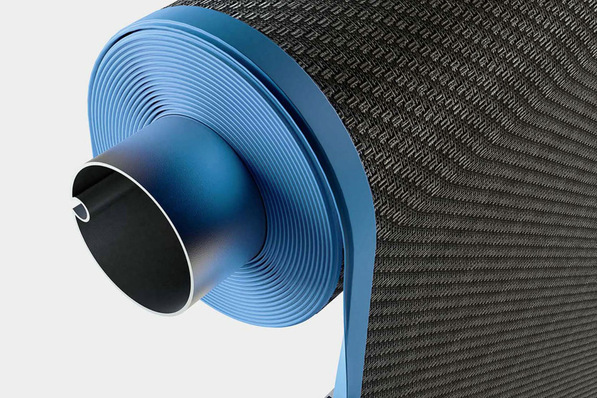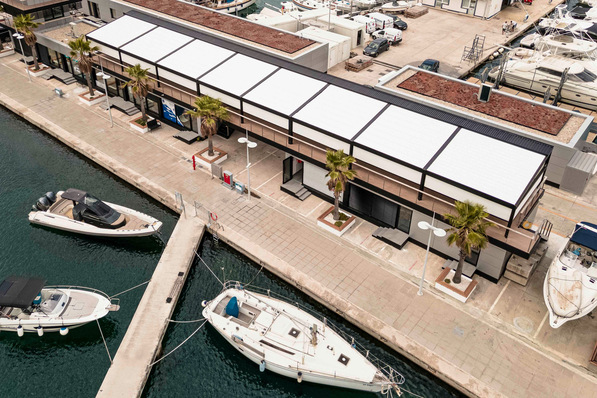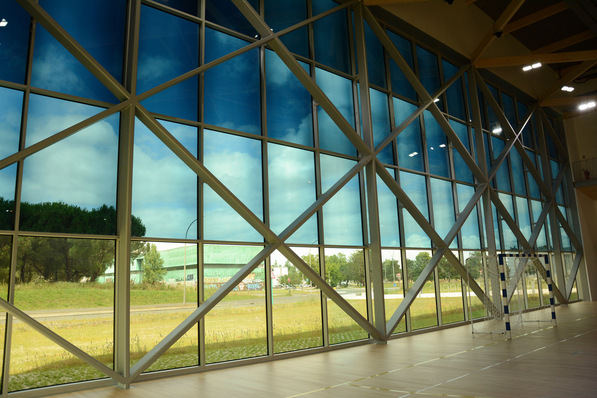On the Bjørvika Bay fjord in Norway's capital, the local Atelier Oslo and Lund Hagem Architects recently completed the new main Deichman Library building. In the immediate vicinity of the new opera house and the planned Munch Museum, it is part of the new development project in the old harbour southeast of the city centre. The Deichman Library Association, with more than twenty branches, was founded in 1785 and is one of the oldest and largest public libraries in the country. A new main library has been created in Bjørvika. It houses more than 450,000 books, as well as a recording studio, a cinema and 3D printers on an area of around 18,000 square metres.

Einar_Aslaksen / Okalux
Light-flooded atrium over six floors
The striking architecture is characterized by a folded concrete roof construction and a light-flooded atrium that extends over six floors and creates a flowing transition to the outdoor space. In order to fill the room structures with sufficient daylight, the architects opted for three skylights with a total of 440 square meters of Okatech insulating glass.
See also: Okalux: Symbiosis of old and new
The shimmering aluminium mesh in the cavity between the panes creates an unmistakable glow. The triple insulating glass with a low U-value of 0.9 W/m²K and g-value of 21%, ensures simultaneously thermal insulation and sun protection, both of which are vital in the Scandinavian region.

Einar_Aslaksen / Okalux
Individually adapted daylight system
For energy reasons, the steel post and beam facades have also been designed such that only half of the new building is glazed, which reduces the heat input into the interior. Due to the typically low level of sunlight for the latitudes, the architects also chose a larger mesh size for the asymmetrically exposed Okatech metal perforation. Depending on the sun's position the perforation produces a unique play of light and shadow. At the same time, the mesh refracts the incoming sun rays to ensure glare-free daylight and to provide library visitors with a pleasant reading experience. Further features of the Okatech daylight system, which contribute to the library’s future-oriented architecture and passive house status are recyclability, durability and lack of maintenance.













